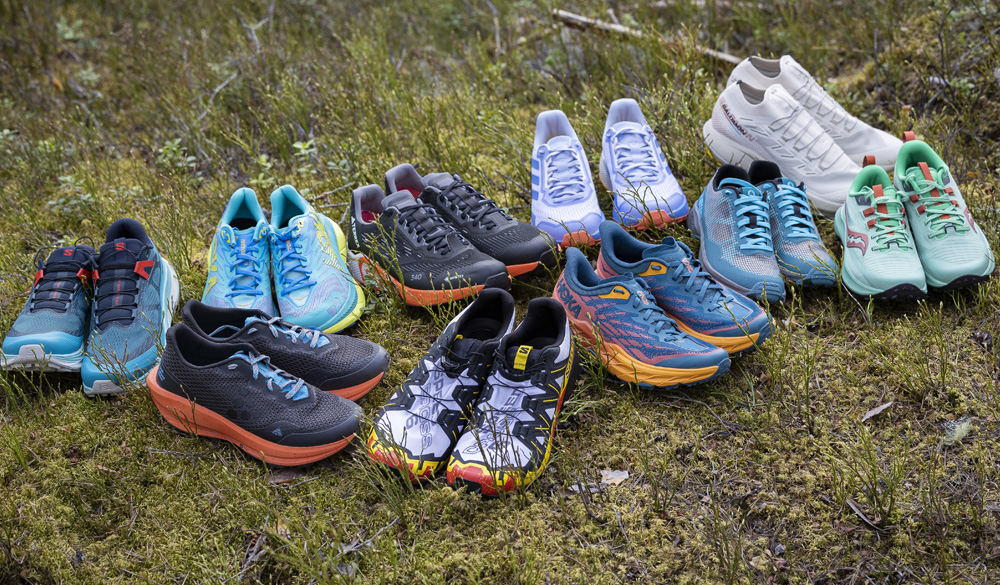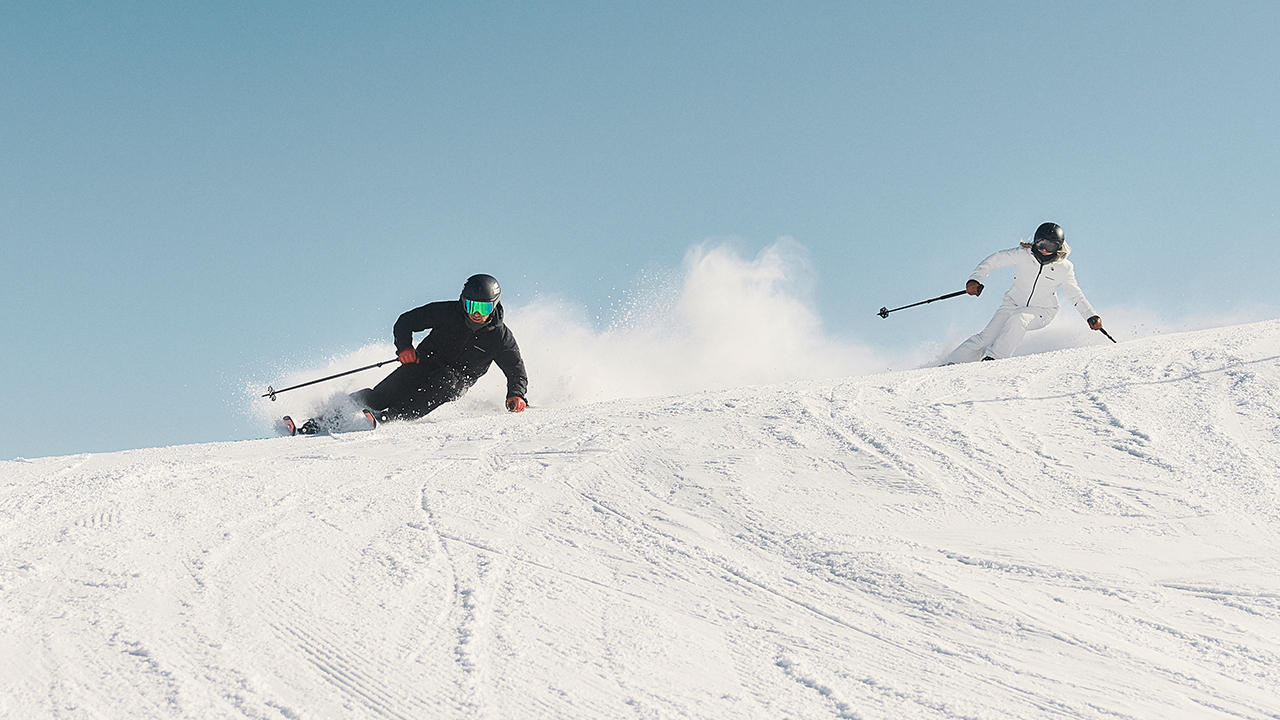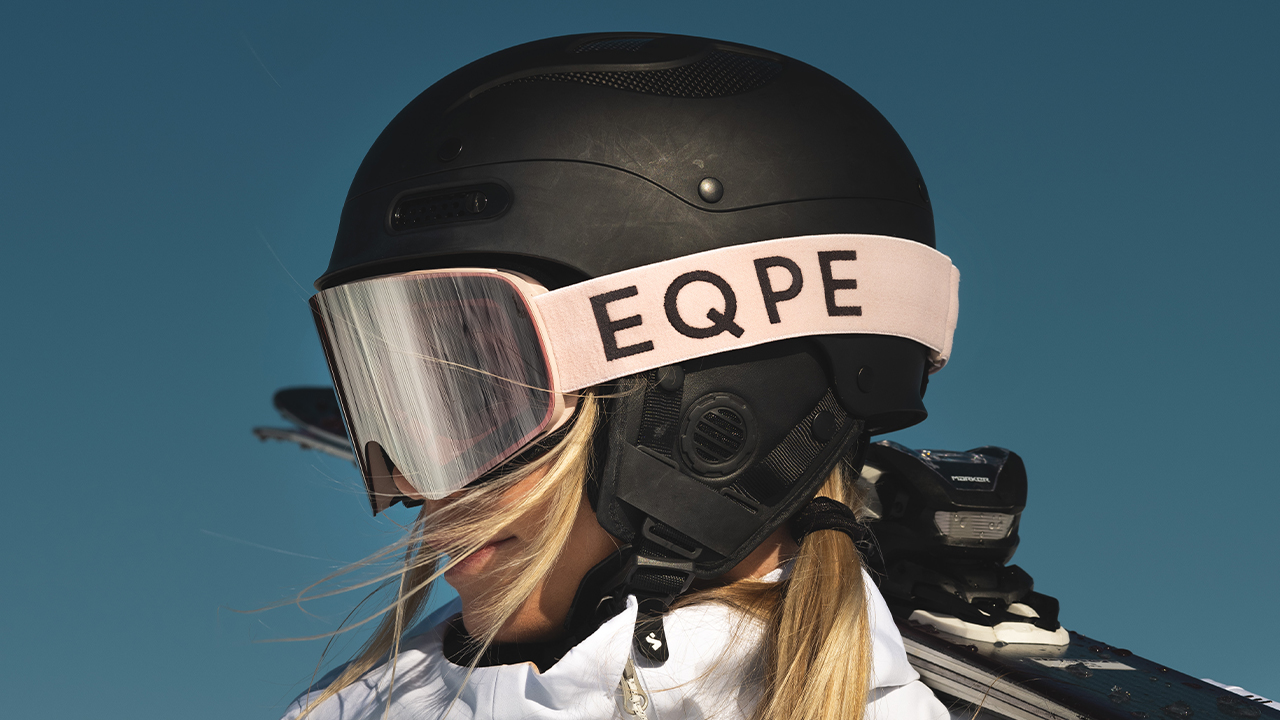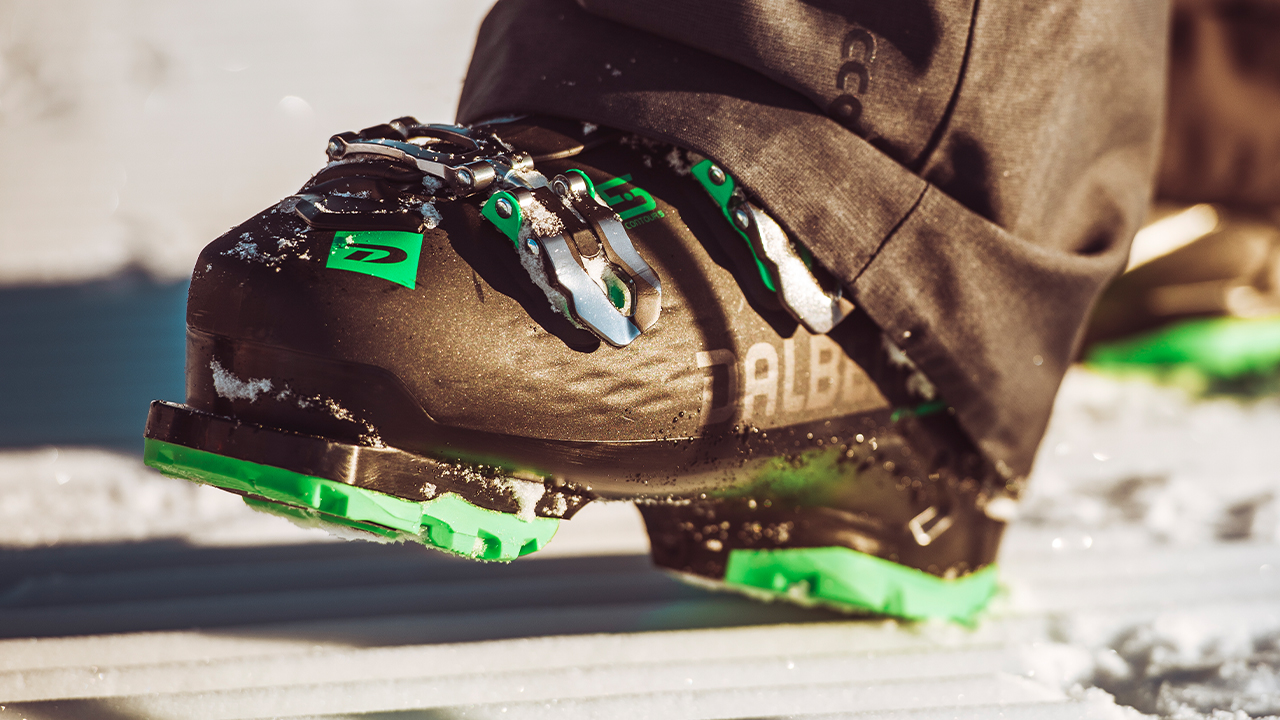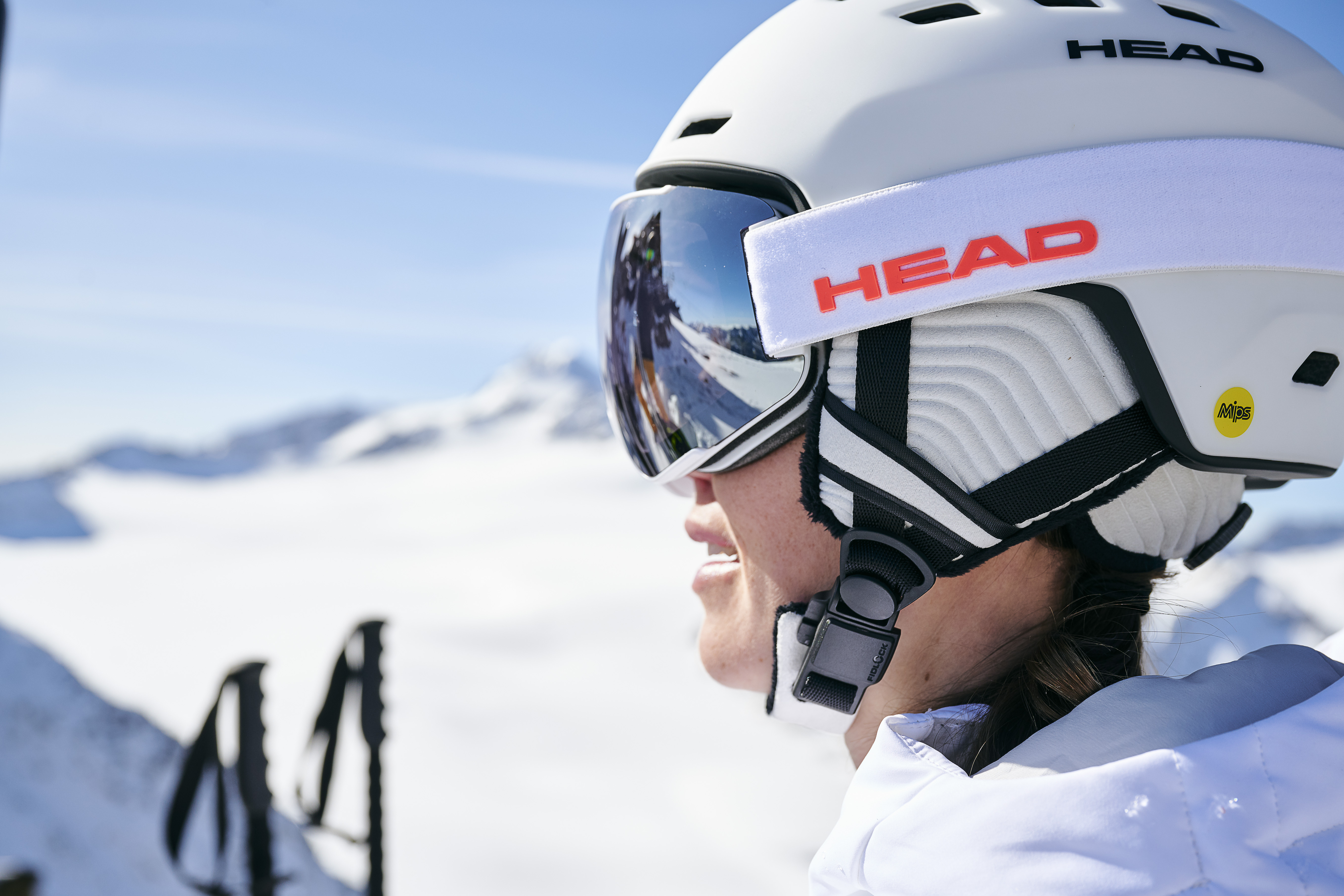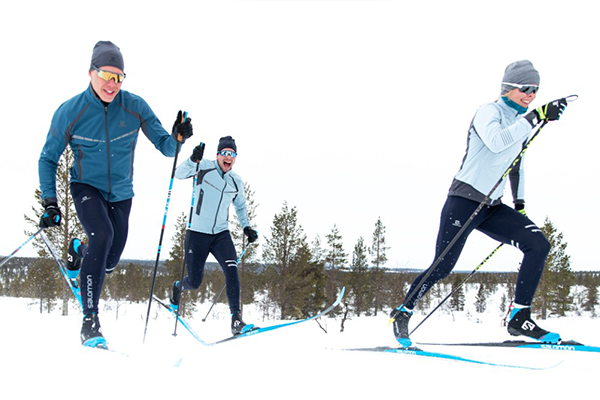Layer 1
A good base layer transports moisture away from the body and keeps you dry, which helps your body maintain a suitable temperature. In order to get the most effect from your thermal underwear, it should be tight and well-fitting. Most thermal underwear is made of either synthetic material or merino wool.
A base layer made from synthetic material is designed to transport moisture quickly away from your body and therefore prevents you from becoming chilled. Functional material made from synthetics is ideal for people who are rarely cold and for intensive activity where you sweat a lot, for example, cross-country skiing and running.
A base layer made from merino wool does not transport moisture from the body as quickly as synthetics, but keeps you significantly warmer. Merino wool is a flexible material, which suits all types of activities as it adapts itself to the existing conditions. The protein in the wool’s fibres means that bacteria cannot get caught, therefore making the garment naturally anti-bacterial.
Socks
A pair of ski socks which keeps your feet warm and dry, improves both the ski boots’ performance and keeps spirits high. Aim for a sock with a comfortable fit, preferably with specific left and right socks. If you often have cold feet, then choose a sock made with merino wool, because it keeps you warm even if it becomes damp. Bear in mind that a thick sock doesn’t always mean a warm sock, since its heat insulation deteriorates once it is compressed by the ski boot.
Underwear
Having underwear in a good material is just as important as your base layer, since this is what you wear closest to your body. Choose underwear in a functional material or merino wool to keep yourself warm and dry.
Layer 2
Mid layer
The layer between the thermal underwear and outer garment insulates the heat, and should be adapted to suit the outside temperature for maximum comfort and functionality. Its fit plays an important role, since it is worn under the outer garment. Aim therefore for flexible garments that don’t take up too much room. Take into account that the air between the layers must have some room to circulate, in order to provide maximum warmth.
A garment in fleece or merino wool works excellently as a mid layer but may feel heavy. Another alternative is a thin jacket/pair of trousers with a synthetic lining or down, which has a high insulating capability and low weight.
If you use down as a mid layer, avoid a down garment that is too thick because its insulating capability is poorer when it is compressed. Down is also sensitive to moisture, so if you sweat easily or are in damp environments then a mid layer of synthetic material is a better choice.
An advantage of down and synthetic insulating garments rather than fleece or wool, is that they are compact and don’t take up much room in your luggage.
Layer 3
An outer garment is used to protect against wind and weather and should be both wind and waterproof. If you want to be able to use the garment all year round then a shell garment is a good choice. If you get cold easily and need extra warmth, a lined jacket and trousers are a good alternative.
Shell garments have no warm lining but protect against wind and weather and transport moisture away from the body. The price of a shell garment can differ significantly depending on the material, membrane and functionality.
A shell garment is often supplied with a wind and waterproof membrane with good breathability, for example Gore-Tex. In a 3-layer construction, the lining, membrane and outer material are compounded, which makes the material both hardwearing and flexible. In a 2-layer construction, only the membrane and outer material are compounded whilst the innermost layer is loose, for example, in the form of a mesh lining. Regardless of its construction, protection against the wind and water are identical.
A lined outer garment also protects against the forces of the weather, but as a rule does not have as good breathability and moisture-transporting properties as a shell garment. The lining is either synthetic or down. A synthetic lining protects against moisture and is hardwearing, while a down lining may feel lighter and warmer but its ability to handle moisture is not as effective.
Regardless whether you choose a shell garment or lined garment, its waterproofness is measured in water column. This is done by putting pressure on the material to see how much the material can tolerate before the water seeps through. The higher water column, the better the capacity against the wet. If going for a walk in light rain, a water column of 5,000–8,000 mm is enough to keep you dry. However, if you are likely to be active in the garment, for example using a rucksack, kneeling or sitting on a wet lift, you should choose a water column of at least 10,000 mm.
Good ventilation and practical details like a helmet-compatible hood, snow lock and easily accessible pockets even when carrying a rucksack, are other things that can make life easier out on the mountain. Think about which functions are important for you.
